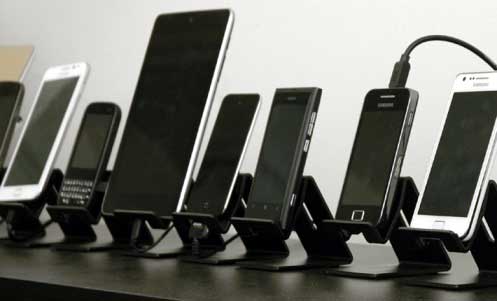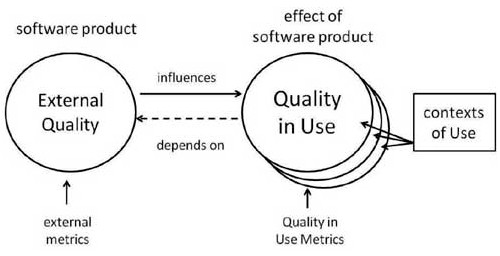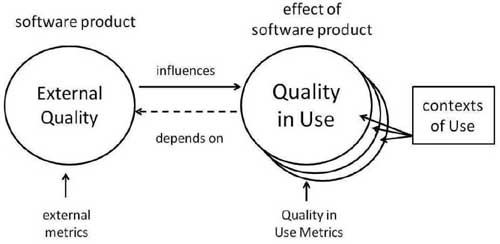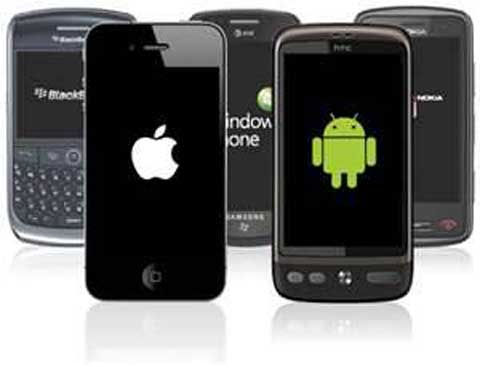Mobile software testing tutorials
Maintaining the devices that your company provides for testing mobile applications is mandatory for the success of your mobile development projects. It is as important as the human resources of the company. Since modern emulation tools and cloud services don’t assure high quality of mobile applications, all portable devices such as smartphones and tablets should be maintained properly. This article explains how you can extend their lifespan.
With a growing number of instrumented tools in the market, Mobile End-to-End Testing (MOET) uses a non-instrumentation approach, and extensive use of design patterns. MOET’s mobile device libraries are pluggable open-sourced components and only one language and test harness is needed for testing on diverse mobile platforms.
2Q2U (Quality, Quality in use, actual Usability and User experience) is a specific model used to evaluate the quality of the User Experience (UX) of a mobile application. This article presents a way to use the model and step through the process of doing a real evaluation on the road to improving a mobile application’s usability and UX.
Mobile devices are now one of the major market for software. This article discusses the four main challenges of software testing concerning mobile applications: the variety of devices and operating systems; the performance of networks, the user interfaces; the limited amount of software testing tools targeting this area.
A Model Based Approach To Evaluating and Improving Mobile User Experience was the first article of Philip Lew that introduced the context that creates the need for a model-based approach to evaluate mobile user experience. This article presents the concepts of the ISO 25010 model and 2Q2U (Quality, Quality in use, actual Usability and User experience).
With the increased importance of targeting mobile devices in the software development world, we need better tools to assess the quality of the user experience (UX) on these devices. This article introduces the context that creates the need for a model-based approach to evaluate mobile user experience so that different software, or versions of the same software, can be evaluated in a consistent way.
Mobile applications (or apps) are the current trend in the evolution of software development where mobile devices become the client device rather than a PC. Load testing of mobile apps requires some specific practices. The Methods & Tools magazine a published in its last issues a series of articles about this topic. The articles were targeting each a specific component of the mobile software ecosystem: the device, the server and the network.







